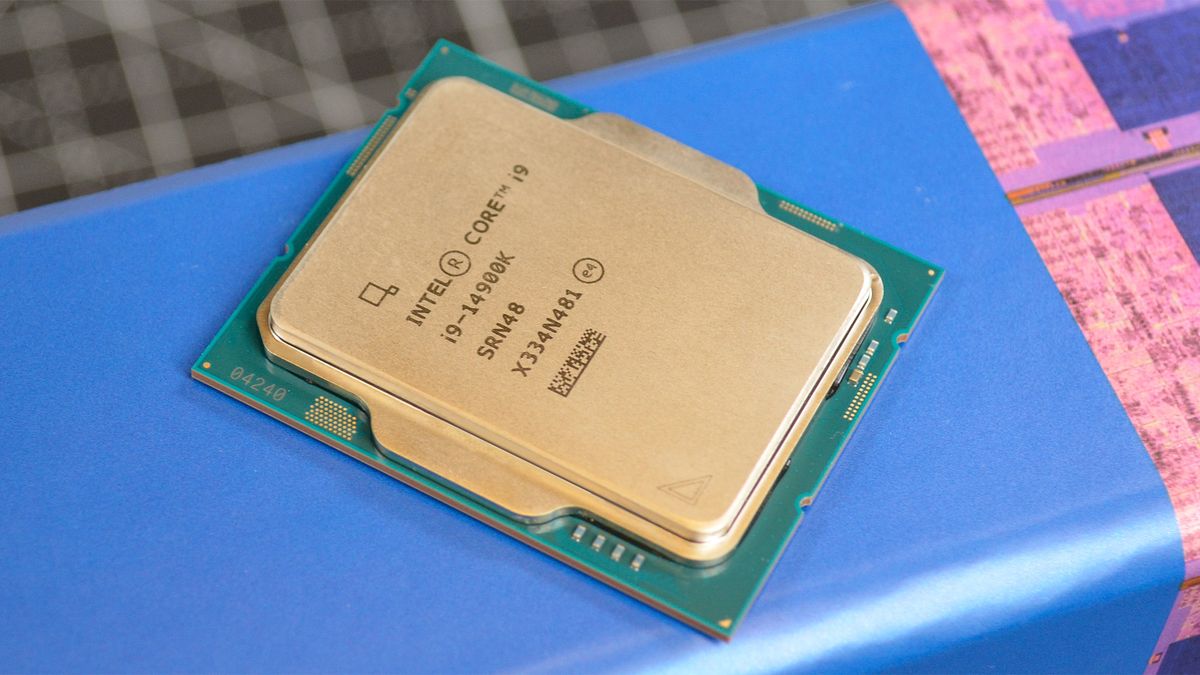Team Blue informs us that ‘elevated operating voltage’ is the cause of instability problems with these processors – mostly Core i9s according to reports, which are the chips that guzzle the most power, of course – based on an extensive analysis of the CPUs that have been sent back to Intel due to this flaw.
In another statement (that we’ll come back to later), Intel also let us know that these elevated voltages are a ‘key element’ of the instability issue – so it sounds like they’re the main cause (if not the only one, and again – we’ll return to discuss this shortly).
As for Intel’s statement, it reads : “Our analysis of returned processors confirms that the elevated operating voltage is stemming from a microcode algorithm resulting in incorrect voltage requests to the processor.
“Intel is delivering a microcode patch which addresses the root cause of exposure to elevated voltages. We are continuing validation to ensure that scenarios of instability reported to Intel regarding its Core 13th/14th-gen desktop processors are addressed. Intel is currently targeting mid-August for patch release to partners following full validation.”
Team Blue adds that it is “committed to making this right with our customers” and that those who are experiencing instability with a 14th-gen and 13th-gen chips should contact Intel customer support for assistance.
Intel is currently validating the microcode patch, with delivery due in the middle of August as mentioned, less than a month from now.
(Image credit: Future / John Loeffler)
Analysis: Oxidation specter is a separate issue
As you may be aware, Intel has previously issued a microcode update to tune its Enhanced Thermal Velocity Boost (TVB) feature – where the CPU is pushed to a faster maximum boost temporarily, while temperatures allow for this speed – which was partly to blame for these instability woes, we were told at the time.
So, a second patch is necessary to adjust the chip’s voltage going too high, on top of that boost issue. With any luck, this will see the resolution of PC games crashing with these Core i9 processors (and other lower-tier chips, according to some reports – though this seems to be a lot less common).
Looking at replies to that Intel statement on its product support forums, and comments elsewhere online, not everyone is convinced that this is going to be the panacea to fix all these instability gremlins. Folks are also worried about discussions elsewhere about possible issues with oxidation and degradation of affected CPUs, which a rep from Team Blue addressed on Intel’s subreddit (as VideoCardz noticed).
Intel acknowledged this oxidation problem, but said it was a separate issue related to manufacturing in the past, and only pertains to earlier 13th-gen CPUs (it was addressed last year, in fact).
This is the full statement provided by Intel on Reddit: “We can confirm that the via oxidation manufacturing issue affected some early Intel Core 13th-gen desktop processors. However, the issue was root caused and addressed with manufacturing improvements and screens in 2023.
“We have also looked at it from the instability reports on Intel Core 13th-gen desktop processors and the analysis to-date has determined that only a small number of instability reports can be connected to the manufacturing issue.”
In short, this is a separate and relatively uncommon issue. It’s here that Intel also mentions that: “For the instability issue, we are delivering a microcode patch which addresses exposure to elevated voltages which is a key element of the instability issue.”
Does the fact that elevated voltages are framed as a ‘key element’ suggest there are other elements for the investigation to pin down, still? Or does that refer to those other elements being the previous TVB patch, as well as motherboard settings and the other nuances that have been mentioned in the past?
We hope it’s the latter, and overall, this whole affair has been an unfortunate nest of glitches and interrelated problems. With any luck, Intel’s latest move and incoming patch will essentially nail the fix for good – when combined with the other aforementioned solutions. So, be sure to install this microcode update when it arrives next month (via a BIOS update from your motherboard maker).
The remaining worry for some will be focused on the past chatter about possible degradation issues – the stability of CPUs reportedly getting worse over time – and whether this might have some kind of an impact on the longevity of affected processors over the longer-term.
Meaning will your Core i9 now only have legs for, say, six or seven years, rather than many more, due to having been run in these unstable conditions for potentially many months? The trouble being that when you get into the weeds to this extent, well, it’s very difficult to know anything for sure – but we guess time, and if there are spiking chip failure rates, will tell eventually, if there are any such issues for some folks.
You might also like 






